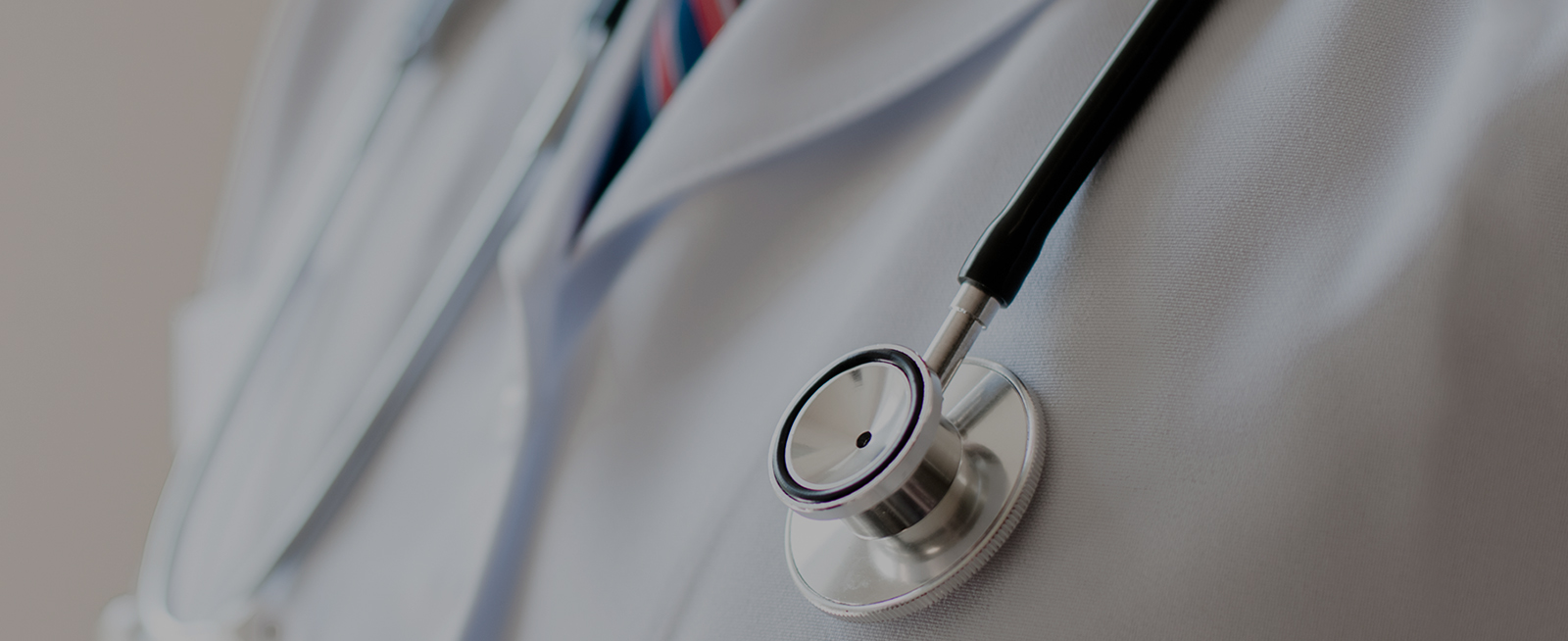Exercise for Your Bone Health
With so many benefits to exercising, from losing weight to preventing cancer, you may overlook the very important role exercise plays in the health of your bones. Along with proper nutrition and bone health awareness, exercise is one of the main factors regarding building and maintaining healthy bones and the prevention and treatment of osteoporosis.
Just like muscle, bone is a living tissue that responds to exercise by becoming stronger, says Robert Evans, D.O., an osteopathic physician from Erie, Pa. Bone mass typically peaks during the third decade of life. After that time, a person begins to lose bone mass, thereby increasing his or her risk of developing osteoporosis and sustaining fractures from falls.
Osteoporosis is a condition in which the bones become weak and can break from a minor fall or, in serious cases, from a simple action such as a sneeze. According to the National Osteoporosis Foundation, osteoporosis is a major health threat to over 44 million Americans, or 55 percent of people 50 years of age and older. Eighty percent of those affected by osteoporosis are women.
Because approximately 85-90% of adult bone mass is acquired by age 18 in girls and 20 in boys, building strong bones is crucial in childhood and adolescent years. Exercise is one of the most effective ways to not only build strong bones in those early years of life and beyond, but also in maintaining balance and coordination, which can prevent falls and related bone fractures, says Dr. Evans.
But not just any type of exercise will suffice when it comes to your bones. For bone health, explains Dr. Evans, the best exercises are weight-bearing and resistance exercises.
Weight-bearing exercises are those in which your bones and muscles work against gravity. This is any exercise in which your feet and legs bear your weight. Jogging, walking, stair climbing, dancing and soccer are examples of weight-bearing exercise with different degrees of impact. Swimming and bicycling are not weight-bearing.
The second type of exercises is resistance exercises or activities that use muscular strength to improve muscle mass and strengthen bone. These activities might include weight lifting with free weights or the use of resistance bands.
The benefits of weight-bearing and resistance exercises are site-specific, says Dr. Evans. This means that you strengthen only the bones used directly in the exercise. Exercising the right elbow does not have any effect on the left hip. Therefore, it’s a good idea to participate in a variety of weight-bearing and resistance exercises.
Dr. Evans suggests following some principles of exercising for bone health and the prevention and treatment of osteoporosis:
Perform extension (backward-bending) exercises: Strengthening the back muscles is important for maintaining good posture. For those with osteoporosis, these exercises counteract the rounded posture often accompanying the disease.
Target areas most prone to fractures: For osteoporosis treatment and prevention, it is important that an exercise program target the areas most affected by the disease, which would be the spine, hips, and wrists.
Exercise needs to be continued to maintain benefits: Bone-mineral density gains from exercise are only maintained as long as the exercise is continued at the same level of intensity.
Resistance levels should be increased: Bone responds to the mechanical forces placed upon it. It is important to gradually increase the levels of resistance in order to continue to increase bone density.
Increase the weights slowly: Before you begin exercising with weights, it is important to perform the exercise without weights to be sure you can do it using proper mechanics and without pain. Gradually increase the amount of weight as your tolerance builds.
Balance exercises: You can reduce the risk of falling by performing balance exercises on a regular basis.
Aside from weight-bearing and resistance exercising, there are some daily activities that are important in avoiding injury to bones. Dr. Evans suggests the following activities: Sitting without slouching; bending from the hips; and stabilizing the back when sneezing and coughing. All three help to decrease stress on the lower and upper back as well as the neck regions and lessen the risk of injury and bone fracture.
Exercise, along with a proper diet, rich in calcium and vitamin D; avoiding smoking and excessive drinking; and talking to your health care provider, are all important factors in the overall health of your bones. Not only will they help reduce your risk or degree of osteoporosis, but also will improve your overall health and quality of life.
Preventive medicine is just one aspect of care osteopathic physicians (D.O.s) provide. Osteopathic physicians are fully licensed to prescribe medicine and practice in all specialty areas including surgery. D.O.s are trained to consider the health of the whole person and use their hands to help diagnose and treat their patients.

